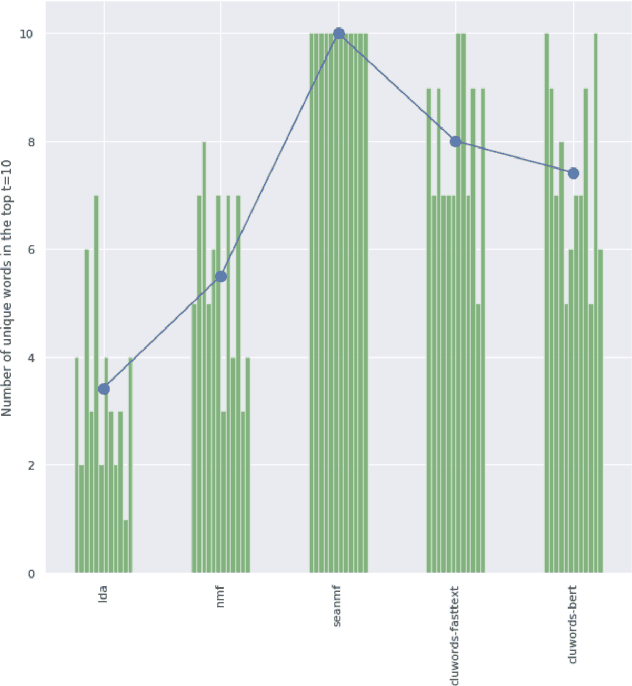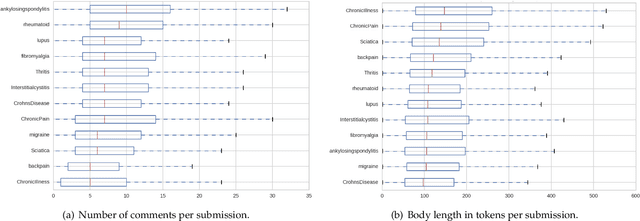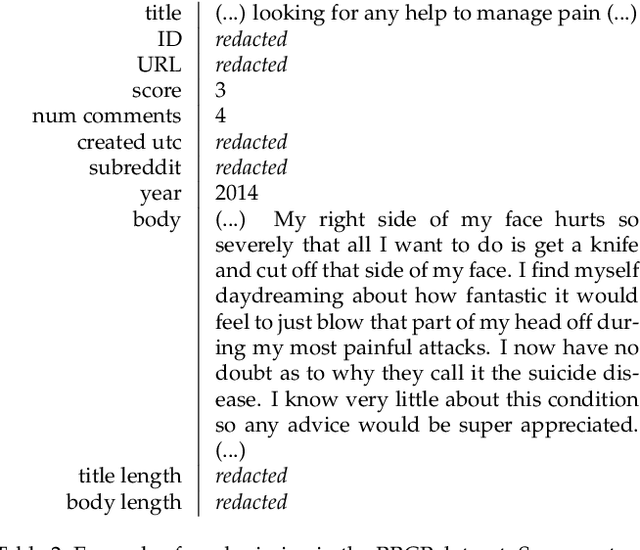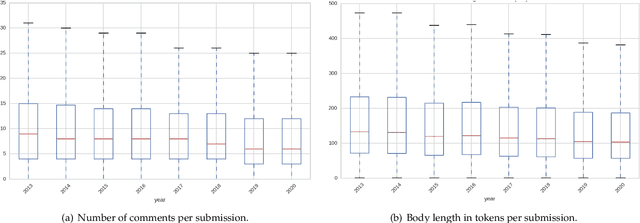Fani Neto
Computational analysis of the language of pain: a systematic review
Apr 24, 2024



Abstract:Objectives: This study aims to systematically review the literature on the computational processing of the language of pain, whether generated by patients or physicians, identifying current trends and challenges. Methods: Following the PRISMA guidelines, a comprehensive literature search was conducted to select relevant studies on the computational processing of the language of pain and answer pre-defined research questions. Data extraction and synthesis were performed to categorize selected studies according to their primary purpose and outcome, patient and pain population, textual data, computational methodology, and outcome targets. Results: Physician-generated language of pain, specifically from clinical notes, was the most used data. Tasks included patient diagnosis and triaging, identification of pain mentions, treatment response prediction, biomedical entity extraction, correlation of linguistic features with clinical states, and lexico-semantic analysis of pain narratives. Only one study included previous linguistic knowledge on pain utterances in their experimental setup. Most studies targeted their outcomes for physicians, either directly as clinical tools or as indirect knowledge. The least targeted stage of clinical pain care was self-management, in which patients are most involved. The least studied dimensions of pain were affective and sociocultural. Only two studies measured how physician performance on clinical tasks improved with the inclusion of the proposed algorithm. Discussion: This study found that future research should focus on analyzing patient-generated language of pain, developing patient-centered resources for self-management and patient-empowerment, exploring affective and sociocultural aspects of pain, and measuring improvements in physician performance when aided by the proposed tools.
Chronic pain patient narratives allow for the estimation of current pain intensity
Nov 17, 2022



Abstract:Chronic pain is a multi-dimensional experience, and pain intensity plays an important part, impacting the patients emotional balance, psychology, and behaviour. Standard self-reporting tools, such as the Visual Analogue Scale for pain, fail to capture this burden. Moreover, this type of tools is susceptible to a degree of subjectivity, dependent on the patients clear understanding of how to use it, social biases, and their ability to translate a complex experience to a scale. To overcome these and other self-reporting challenges, pain intensity estimation has been previously studied based on facial expressions, electroencephalograms, brain imaging, and autonomic features. However, to the best of our knowledge, it has never been attempted to base this estimation on the patient narratives of the personal experience of chronic pain, which is what we propose in this work. Indeed, in the clinical assessment and management of chronic pain, verbal communication is essential to convey information to physicians that would otherwise not be easily accessible through standard reporting tools, since language, sociocultural, and psychosocial variables are intertwined. We show that language features from patient narratives indeed convey information relevant for pain intensity estimation, and that our computational models can take advantage of that. Specifically, our results show that patients with mild pain focus more on the use of verbs, whilst moderate and severe pain patients focus on adverbs, and nouns and adjectives, respectively, and that these differences allow for the distinction between these three pain classes.
Chronic Pain and Language: A Topic Modelling Approach to Personal Pain Descriptions
Sep 01, 2021



Abstract:Chronic pain is recognized as a major health problem, with impacts not only at the economic, but also at the social, and individual levels. Being a private and subjective experience, it is impossible to externally and impartially experience, describe, and interpret chronic pain as a purely noxious stimulus that would directly point to a causal agent and facilitate its mitigation, contrary to acute pain, the assessment of which is usually straightforward. Verbal communication is, thus, key to convey relevant information to health professionals that would otherwise not be accessible to external entities, namely, intrinsic qualities about the painful experience and the patient. We propose and discuss a topic modelling approach to recognize patterns in verbal descriptions of chronic pain, and use these patterns to quantify and qualify experiences of pain. Our approaches allow for the extraction of novel insights on chronic pain experiences from the obtained topic models and latent spaces. We argue that our results are clinically relevant for the assessment and management of chronic pain.
Analysis of Chronic Pain Experiences Based on Online Reports: the RRCP Dataset
Aug 23, 2021



Abstract:Chronic pain is recognized as a major health problem, with impacts at the economic, social, and individual levels. Being a private and subjective experience, dependent on a complex cognitive process involving the subject's past experiences, sociocultural embeddedness, as well as emotional and psychological loads, it is impossible to externally and impartially experience, describe, and interpret chronic pain as a purely noxious stimulus that would directly point to a causal agent and facilitate its mitigation. Verbal communication is, thus, key to convey relevant information to health professionals that would otherwise not be accessible to external entities. Specifically, what a patient suffering of chronic pain describes from the experience and how this information is disclosed reveals intrinsic qualities about the patient and the experience of pain itself. We present the Reddit Reports of Chronic Pain (RRCP) dataset, which comprises social media textual descriptions and discussion of various forms of chronic pain experiences, as reported from the perspective of different base pathologies. For each pathology, we identify the main concerns emergent of its consequent experience of chronic pain, as represented by the subset of documents explicitly related to it. This is obtained via document clustering in the latent space. By means of cosine similarity, we determine which concerns of different pathologies are core to all experiences of pain, and which are exclusive to certain forms. Finally, we argue that our unsupervised semantic analysis of descriptions of chronic pain echoes clinical research on how different pathologies manifest in terms of the chronic pain experience.
 Add to Chrome
Add to Chrome Add to Firefox
Add to Firefox Add to Edge
Add to Edge